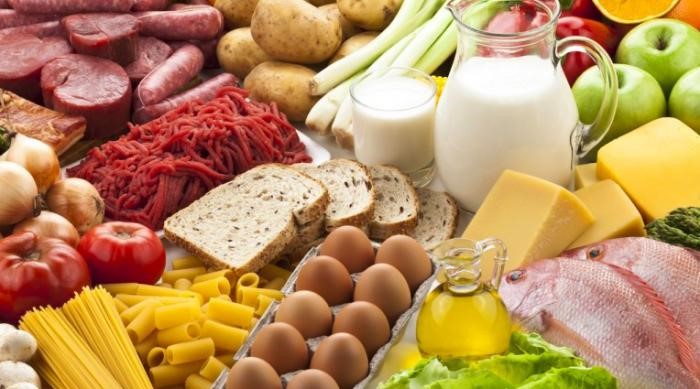Part 5: Other nutrients
Let’s begin with carbohydrates: It is very important to take carbohydrates into account when choosing what foods to eat as a diet high in carbohydrates, just as one high in sugars, can lead to weight increase, sugar problems, diabetes, hypoglycemia, insulin resistance, metabolic syndrome and on top of this, the more sugar you eat, the more sugar your body will demand.
Do not eat products with more than 10g of sugar per portion and if you are trying to lose weight, try to eat only products with less than 5g per portion.
The dietary fiber is a complex carbohydrate that cannot be hydrolyzed by the human gastrointestinal system, which means we cannot digest it so these calories don’t count and the more dietary fiber content, the better because it helps regulate sugar levels. You should try to eat products that have at least 3g of dietary fiber per portion.
Finally, in the carbohydrate group we have the starch which is usually not included in the Nutrition Facts table since it’s not required. However, it’s important to mention them because they increase insulin levels in the body. The amount of starch varies but it can usually be found in rice, bread, cookies, pasta, cereals or corn based products.
Regarding the total amount of carbohydrates, it can be confusing as the carbohydrates category is made up of dietary fiber, sugars and starch, but since starch is not always included it is hard to calculate the total carbohydrates. Let’s look at an example:

We may be confused because we think that by adding dietary fiber and sugars, we should get the total carbohydrates, however because dietary fiber is not absorbed in our bodies, this content is subtracted from the total carbs and the difference then is made up of the starch content, like this:
- 28g of carbohydrates minus 1g of dietary fiber = 27g
- 27g minus 23g of sugars = 4g which correspond to starch
So now you know that you must look not only at carbs and sugars but also be aware of the amount of starch which is not always mentioned
If you are looking to have a high protein diet, then you should know that a high protein content is no less than 15g of protein per portion.
At the bottom of the table you will always find the contribution of vitamin A, vitamin C, iron and calcium. These are not required if they represent less than 2%.
If a product has any other vitamin or mineral different form the ones mentioned above in a proportion higher than 2%, then it must be mentioned. However, we can usually find the line “not a significant source of xx” which means it has that certain ingredient but in less than 2% of the recommended daily value.
This is the end of the Nutrition Facts explanation. In part 2 we will talk about the other components of the nutrition information found in food packages, namely, the List of Ingredients, things to look out for and what it means that a product is high or low in different nutrients. Also, we will look into the meaning of “light” products or “low” in some nutrient. So don’t miss out!
*Information regarding requirements and regulations is based on Resolution 333 of 2011 of the Ministry of Health and Social Protection, Republic of Colombia.
